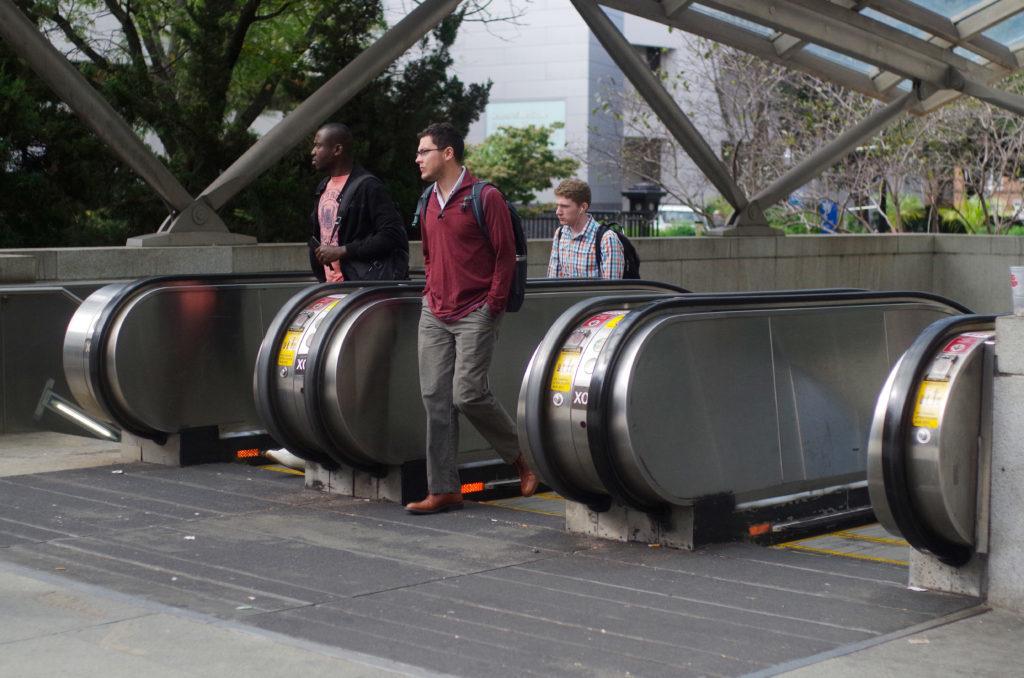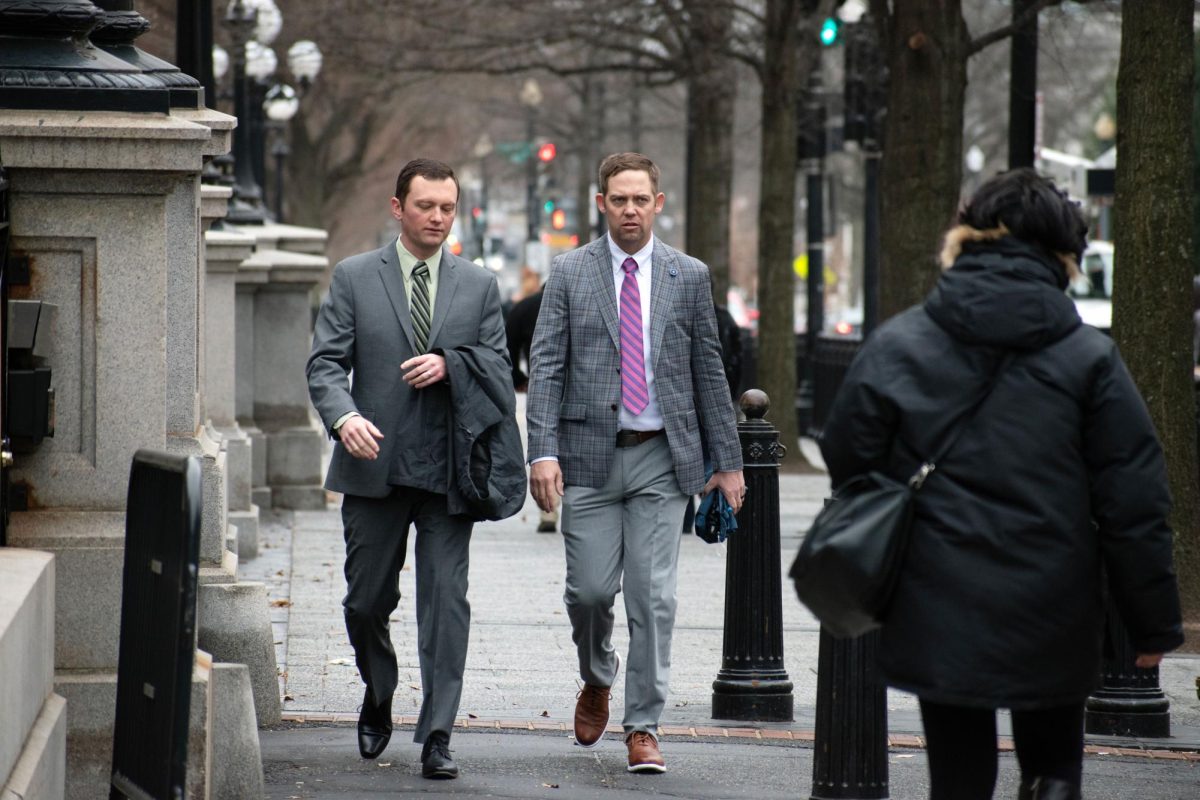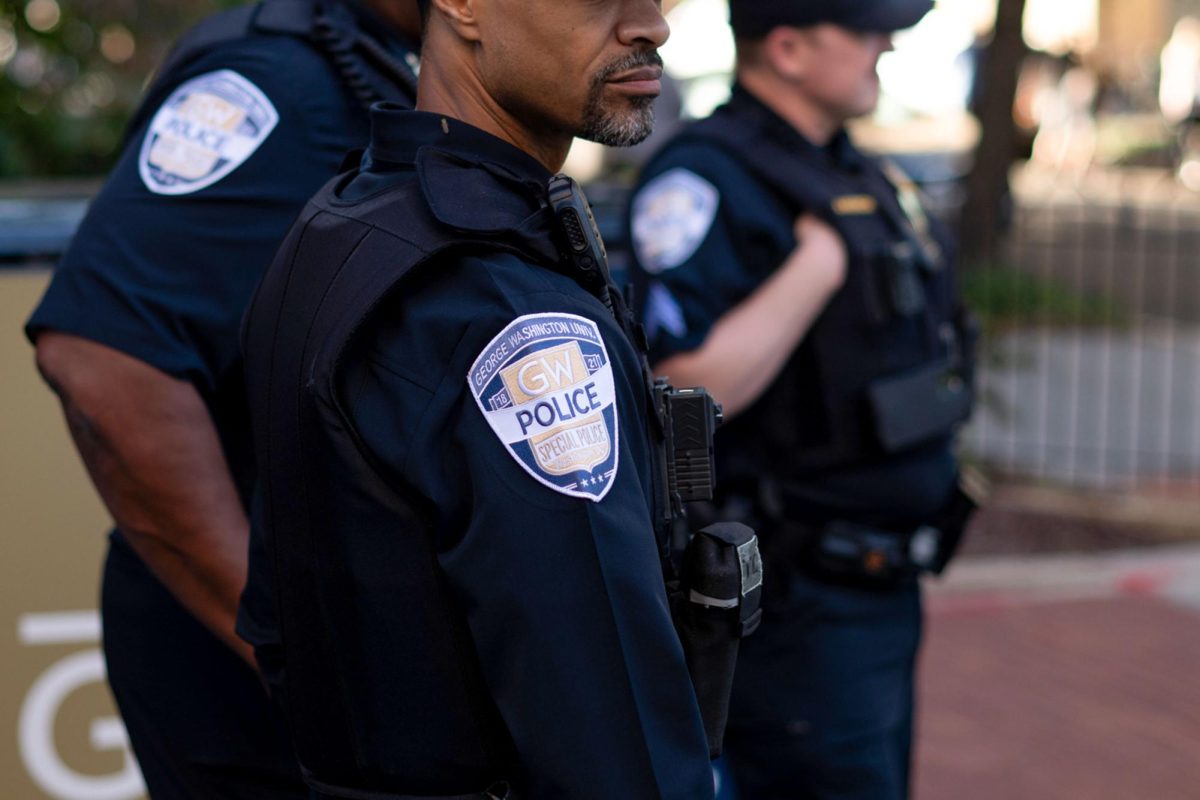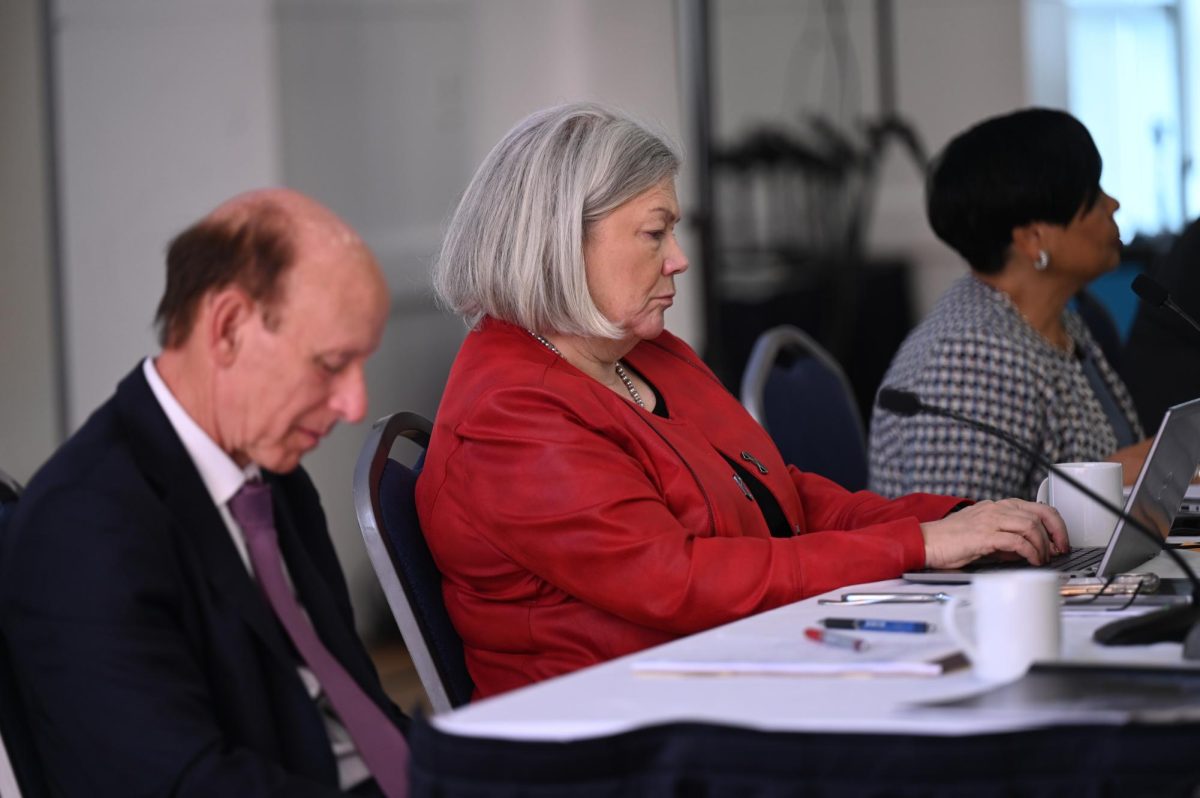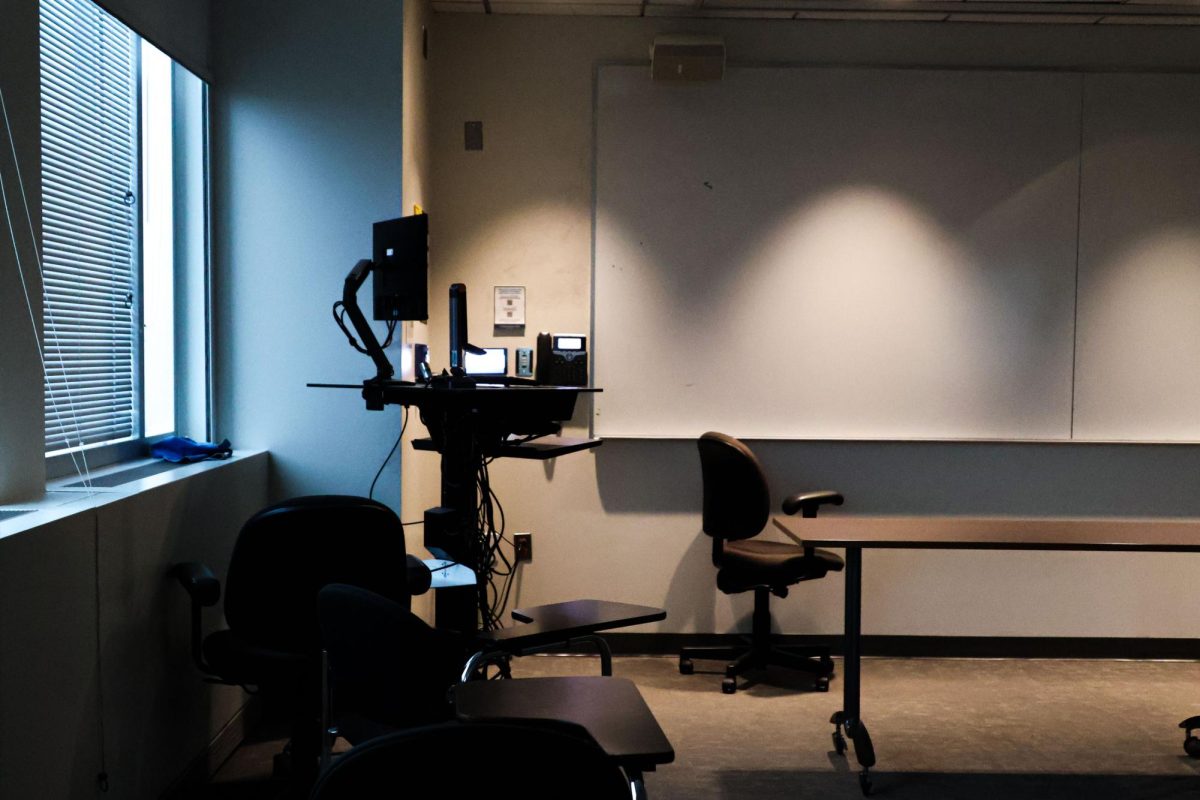For the first time since COVID-19 broke out in the District, Metro has returned to pre-pandemic service levels, according to a press release last week.
Washington Metropolitan Area Transit Authority officials announced they resumed regular train hours Sunday after COVID-19 precautions deflated ridership, cut staffing and slashed riding hours to new lows in the past few months. The number of trips and staff will increase, and riding hours will return to its original schedule – from 5 a.m. on weekdays, 7 a.m. on Saturdays and 8 a.m. on Sundays to 11 p.m. every night – the release states.
“Wait times will be reduced dramatically, with trains running every eight minutes on each line during rush hours, and every 12 minutes on the Red Line and 15 minutes the Orange, Blue, Silver, Green and Yellow lines during off-peak times,” the release states.
Weekday trips will more than double from 511 to more than 1,200, and daily train operators will also jump from 180 to more than 350 as a result of the expansion, according to the release.
Officials will restore the Metrobus to regular operating schedules Sunday, allowing the bus to ride from 4 a.m. to midnight each day. Metrobus will offer service on 174 routes, and officials will increase weekly bus circulation from 700 to 1,400, the release states.
WMATA officials said they anticipate Metrobus ridership to increase capacity to 75 percent on weekdays, 85 percent on Saturdays and 90 percent on Sundays, after the vehicles remained at 40 percent in recent months, the release states.
Paul Wiedefeld, Metro’s CEO and general manager, said the increased number of trains and buses in operation will allow passengers to social distance, but riders are still required to wear face coverings. Wiedefeld added that Metro was able to expand its service after receiving federal funding from the CARES Act.
“Thanks to our congressional delegation, CARES federal funding makes it possible for us to restore service in support of economic recovery for the national capital region,” he said. “As they return, we want our customers to know that facial coverings are required everywhere on the system.”
The release adds that the agency’s Pandemic Task Force has collected 30,000 gallons of disinfectant, 70,000 gallons of hand sanitizer, almost 3 million masks and 2 million pairs of gloves “to keep employees and customers safe.”
“If gallon jugs of the disinfectant and hand sanitizer were stacked vertically, they’d stretch nearly 17 miles high, more than double the typical cruising altitude of a commercial jetliner,” the release states.


